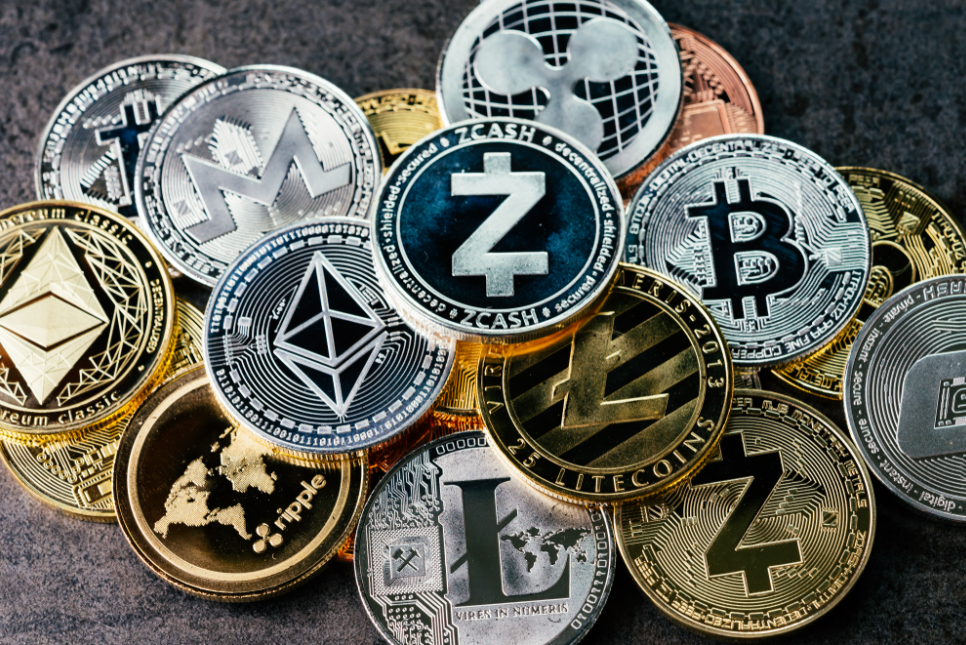Mining is the method through which Bitcoin and other cryptocurrencies produce new currency and validate new transactions. It entails massive, decentralized computer networks throughout the globe that verify and safeguard blockchains the virtual ledgers that record bitcoin transactions. Computers that provide processing power to the network are compensated with fresh coins. PLC Ultima believes miners maintain and protect the blockchain, the blockchain awards coins, and the coins offer an incentive for the miners to continue maintaining the network.
How Does Mining Work?
To successfully add a block, Miners compete to solve incredibly complicated math problems using costly computers and vast quantities of power. To finish the mining process, miners must arrive at the accurate or closest solution to the question before anybody else. Proof of work is estimating the right number (hash); Miners predict the target hash by making as many random guesses as soon as possible, which demands substantial processing power. As more miners join the network, the difficulty only grows.
ASICs, or application-specific integrated circuits, are essential computer hardware that may cost up to $10,000. ASICs are criticized by environmental organizations and hamper the profitability of miners because of their excessive energy consumption.
If a miner successfully adds a block to the blockchain, they will be rewarded with 6.25 bitcoins. Consequently, bitcoin mining by amateurs is likely to be unsuccessful in the present day. Almost all mining is now performed by specialized businesses or groups of individuals who pool their resources. However, PLC Ultima agrees that it is still beneficial to understand how it operates.
- Specialized computers do the mathematics necessary to validate and record each new bitcoin transaction and maintain the blockchain’s integrity. Verifying the blockchain requires enormous computational power, which miners donate willingly.
- Bitcoin mining is comparable to managing a large data center. Companies acquire the mining equipment and pay for the power necessary to keep it operational (and cool). For this to be viable, the value of the coins mined must exceed the cost of mining them.
- What inspires miners? The network conducts a raffle. Every machine on the network competes to determine the “hash,” a 64-digit hexadecimal number. The quicker a computer can generate predictions, the greater the miner’s chance of receiving the prize.
- The winner updates the blockchain ledger with all the freshly verified transactions, effectively adding a newly verified “block” comprising all of these transactions to the chain, and is rewarded with a fixed quantity of newly created bitcoin. This occurs around every 10 minutes. According to Forbes, Miners are compensated for their labor with transaction fees and 6.25 BTC for every block (if they solve the block correctly). In 2024, and every four years afterward, it will be slashed in half; As the mining difficulty grows, the reward will continue to decrease until there are no more bitcoins to mine.
- There can only be up to 21 million bitcoin. The last block is expected to be mined in 2140. From that point forward,PLC Ultima warns that, miners will no longer depend on freshly minted bitcoin as compensation but on the transaction fees they charge.
Why Is Mining Significant?
Beyond bringing new coins into circulation, Bitcoin’s (and many other cryptocurrencies’) security depends on mining. It validates and protects the blockchain, allowing cryptocurrencies to operate as a decentralized peer-to-peer network without needing third-party monitoring. In addition, PLC Ultima encourages miners to give their processing resources to the network.




